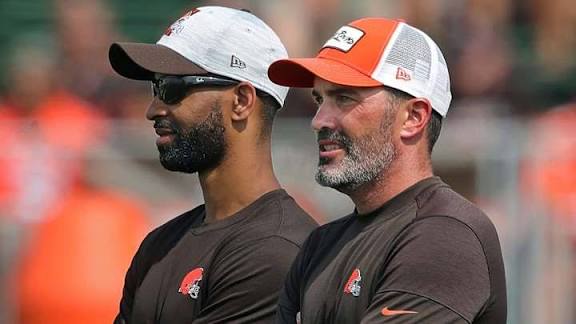At the Hot List player testing sessions, while we certainly learn a lot about the performance of the latest clubs, we also learn a lot about what average golfers, average avid golfers, know—and more importantly don’t know—about the clubs they’ve already put in their bags and the ones they might put in there soon. After talking with our on-site fitters, one big takeaway that is increasingly true is that a lot of assumptions average golfers make are holding them back.
Specifically, let’s look at driver lofts. The simple truth is that not all drivers that show the same loft number on the sole will launch the ball the same way. In other words, if you thought you were a 10.5-degree R-flex because that’s what you’ve always been, you are likely wrong and likely leaving a lot of yards on the table.
“We as fitters fight it every day because everyone’s got information at their fingertips and they read too many blogs and they come in for a fitting and it’s like they already in their minds have specific ideas about what they should be fit to,” said Chris Marchini, director of golf experience for Golf Galaxy and Dick’s Sporting Goods. “You have no idea how many eight-degree drivers I fit for players swinging 95 miles an hour because they’re hitting up on the ball.”
If you weren’t paying attention, that means a lower loft is not the exclusive domain of the fastest swingers. (The opposite is true, as well.) That illustrates a fundamental point about driver performance that average golfers need to be aware of and open to: It’s how you deliver the club to the ball at impact that heavily determines the proper loft. What makes it even more challenging is that one driver that might cater to players who need the most forgiveness will be built with the center of gravity toward the rear of the head.
That position often will cause the club to launch the ball higher because dynamic lofting happens in the swing coming into impact (the clubface naturally angles up at impact because of the rear weighting). In that scenario, a lower loft might get you better performances. By contrast, a driver with a much more forward center of gravity (think of those drivers that get heavy tour use and are often mentioned as “low spin”) might naturally launch shots lower. That built-in lower loft means you’ll likely need a head with more loft to get the same optimal launch angle and, ultimately, total distance.
The real upshot of the above scenario? Marchini says don’t focus on the number on the sole (in truth it may not always be the actual loft measurement, but that’s another story), focus on the ball flight being recorded on a launch monitor—or even downrange in front of your very own eyes. “Those numbers on the sole are going to be the same, but those two launch conditions are going to be unbelievably different,” he said, pointing out that it was not unusual to see a player at the Hot List testing hit 20 different driver models with a range of lofts that stretched 2-3 degrees.
The search for the same optimized ball flight simply requires multiple different avenues. It’s not obvious. But there is one easily unassailable truth in golf, one source of trust that is at least as important as your fitter: Your clubs may say a lot of different things, particularly when it comes to the loft number etched on the sole, but the golf ball doesn’t lie. So let how it’s flying determine what you’re buying.


